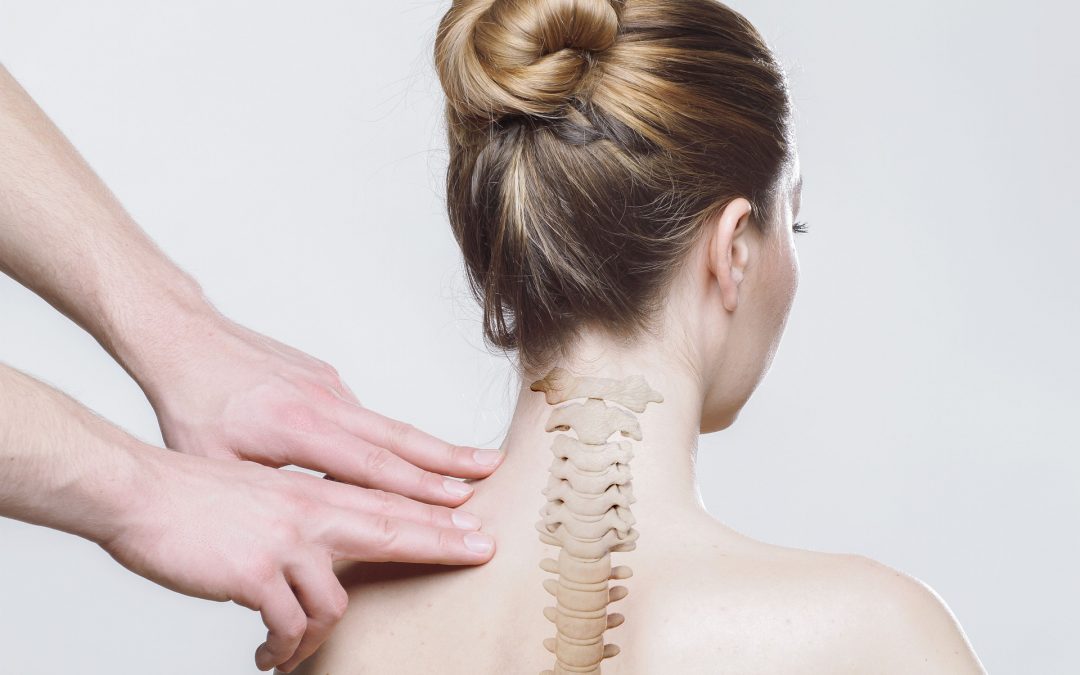BULGING DISC, LOW BACK PAIN, AND SCIATICA?
What do all of these things have in common? Well, quite often all three of these things accompany one another, meaning if you were to actually have a symptomatic disc bulge, it is possible to have low back pain with sciatic-like pain down the leg. So if these are all linked together, then it would stand to reason that they could also be treated collectively. The neat thing is that approximately 41% of all non-specific low back complaints, that present similar to any one of the images below, can be self-treated with some very easy exercises. Yes, I am saying that if you have low back pain, a bulging disc shown by an MRI, or sciatica in any form, it is very likely that you do not need invasive care such as surgery or corticosteroid shots to treat it. So why do these things happen, how do we know if our pain is stemming from our disc, and how can it be treated?
WHY IS THIS HAPPENING TO ME?
Patients that often present with pain stemming from their disc are often younger than 40 years old.
They often note a single event to which they attribute the onset of the pain, such as bending over to pick an item up from the ground or something as simple as bending over to puts one’s shoes on. While these single events seem to be the sole cause of one’s pain, it is often just the final micro trauma to one’s disc that led to the pain. In other words it’s similar to the analogy–that last bend and twist was essentially the straw that broke the camel’s/your back. However, trust me when I say this, even though you may be in severe pain, your back is NOT broken! What really is happening is that repetitive forward bending can cause multiple tears in the back portion of one’s disc that allows nucleus material inside the disc to migrate outwards and push on pain sensitive structures. When this happens, pain is often described as starting in the back and radiating down the buttock, thigh, leg and into the toes.
IS IT REALLY MY DISC?
What if I told you that over 50% of the population has what we could consider bulging disc on imaging but have absolutely no pain or functional deficits? Just because one has a disc bulge does not mean you will have pain, but it is possible. So how do we tell if your pain generator is the disc itself? Well, here in the clinic, we would utilize end range loading or, ERL for short, to determine if in fact your back pain and sciatica is truly coming from the disc. If it is, repetitive movements such as low back extensions (shown below), would slowly begin to alleviate pain in the extremities and centralize it. Centralization is when pain slowly moves out of the extremities and then condenses to a small area in the back, or completely dissipates. If we achieve this, then we know for a fact that the disc itself is truly the pain generator. It is important to note that not everyone will respond to the extension seen below; it is also possible that the repetitive movements may need to be flexion, or even lateral flexion.
THE EXAM IS YOUR TREATMENT!
Once we have found a movement that centralizes and alleviates ones’ pain, we have also found the treatment! Once we find your directional preference, aka movement that makes you feel better, we prescribe a heavy dose of that movement until your symptoms completely resolve. It is important to note that we may also provide other adjuncts to your care plan during that time. The neat thing about end range loading is that, this is a self-treatment method that can help patients combat their pain, at any time or if they ever have a flare up in the future. That is why we like to say movement can truly be medicine!
RECOMMENDED READING:
Murray, D. R. (2013). Clinical reasoning in spine pain: Volume I, primary management of low back disorders using the CRISP protocols. A practical evidence-based guide. Cranston, RI: CRISP Education and Research, LLC.
WE CAN HELP:
If you feel like you’re having issues like this or something similar, call us today at 260-927-0581 or schedule an appointment online! There is no reason to live in pain. As always, we are here for you at ProActive Spine & Joint. Move well, live well: that’s what we want for our community and for you.

